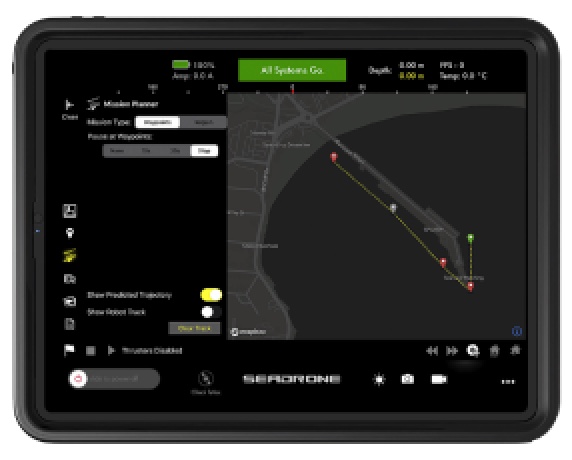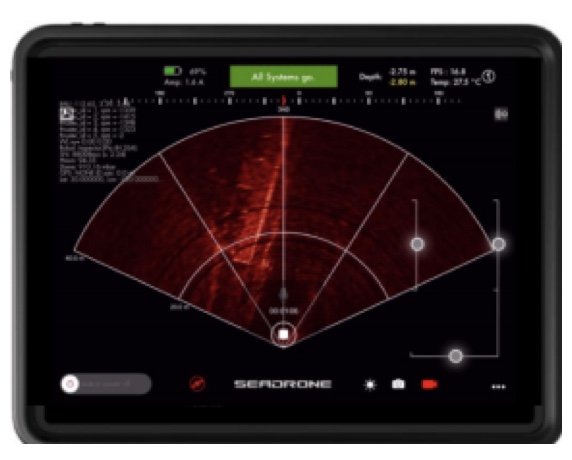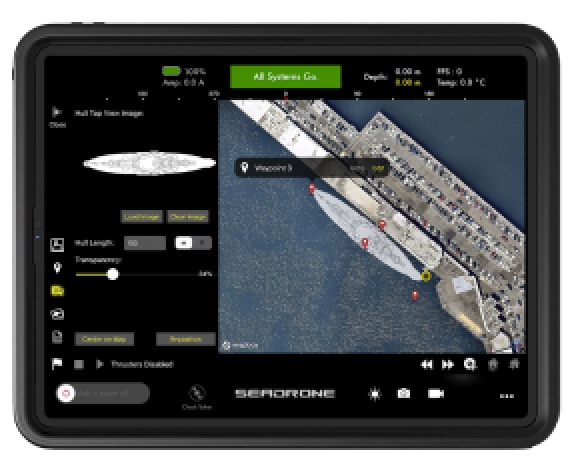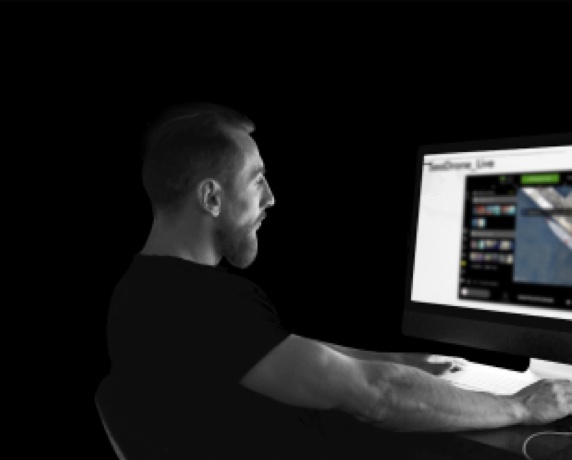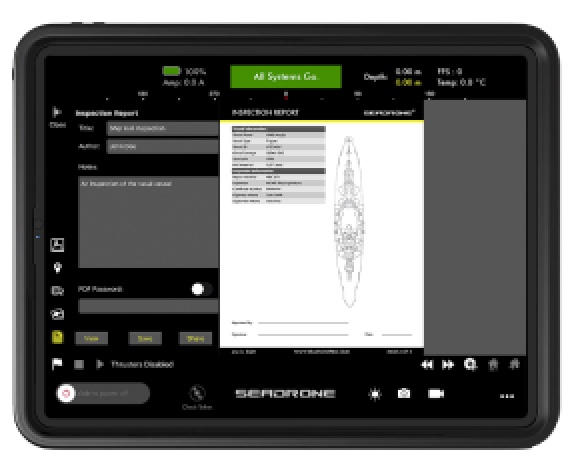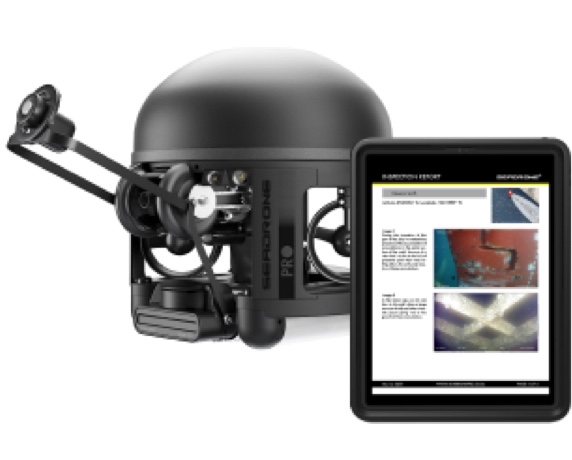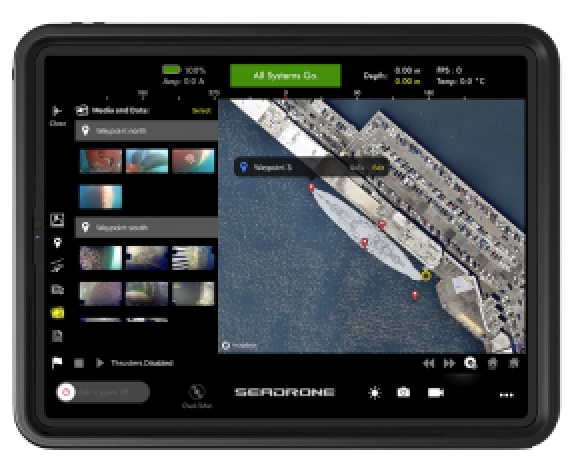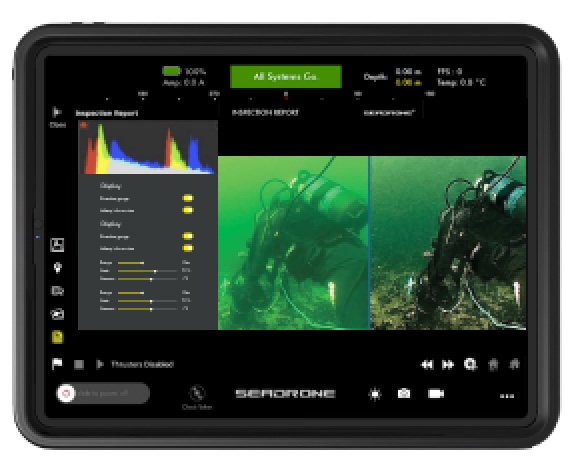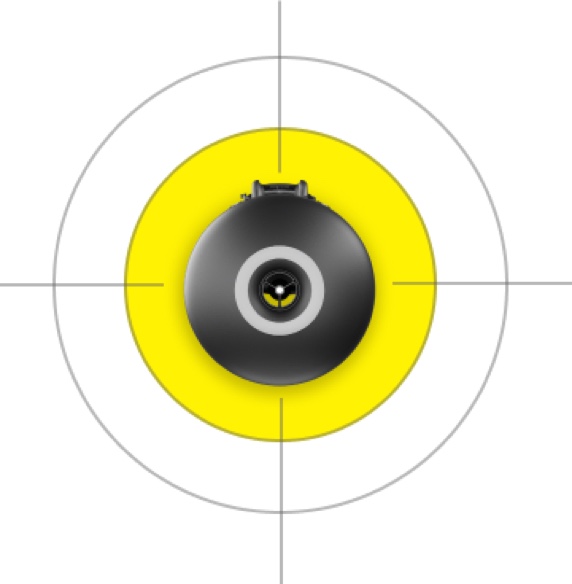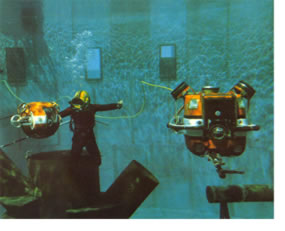From the bow and arrow to the automobile to the microscope, humans have creatively built tools to improve lives since the beginning of time. The ROV is no different. ROVs, short for remotely operated underwater vehicles, are unoccupied robots designed for special missions. Human crews typically control the robot from a vessel, from land, or on a floating platform.
Hydro Products RCV 225 and RCV 150, the first commercial ROVs.
Who invented ROVs?
As with many cutting-edge technologies, the Navy first developed ROVs to recover torpedoes, bombs, and mines. ROVs grew to be critical in deep-sea rescue missions that were too dangerous for sailors, such as minehunting and minebreaking.
Since the 1980s, the offshore oil industry has used ROVs to assist in offshore development, especially as waters became too deep for human divers to go.
ROVs have also become famous for recovering shipwrecks, including the famous Titanic shipwreck.
How do ROVs work?
ROVs are typically connected to their host vessel by a tether. This cord is not only responsible for sending signals to maneuver the robot but also to relay the communication from the robot back to the host ship, such as a live video feed and data transfer.
CURV I and CURV II, developed by US Navy.
ROVs are equipped with a camera and lights, and many are designed with additional instruments, such as robotic gripper and arms, water sampling, and a variety of sensors to test for water temperature, humidity, and leakage.
One of the most important components to ROVs is how well the thrusters are built. Can the ROV maintain stability in powerful cross-currents or will the robot be swept downstream? The ROV’s ability to handle diverse and unpredictable subsea conditions can make the difference between successful versus failed missions.
How are ROVs used today?
Today, there is a wide range of ROVs, from the deep-sea, “trench-and-burial” class of ROVs that can be the size of a truck to “micro” ROVs that are designed to inspect pipelines and small cavities.
Just as there are many categories of ROVs based on their weight, size, and functions, there are numerous industries that rely heavily on ROVs to do the heavy lifting:
Science: Scientists use ROVs to study deep-sea flora and fauna, sample water, and recover shipwrecks for underwater archaeology projects.
Military and law enforcement (search and rescue): ROVs are used for surveillance, search and recovery missions, disposing of explosives, and detecting environmental hazards.
Aquaculture: The aquaculture industry uses ROVs to monitor fish health and behavior, inspect nets and fishery infrastructure, and ensure the feeding devices are working correctly.
Film and documentary: The significant improvements in camera technology and lighting on ROVs make it possible for filmmakers to use ROVs to record footage used for TV, film, and other broadcasting purposes.
Maritime: The maritime industry relies on ROVs for ship hull inspections and dock inspections. ROVs allow vessel owners to detect and quickly fix problems with the vessel’s structure. Border security professionals use ROVs to inspect vessel hulls for contraband, which is safer and more efficient than sending a human diver.
How does SeaDrone fit into the market of ROVs?
SeaDrone is a micro ROV weighing in at 6.5kg, specifically designed for inspections in the aquaculture, maritime, and military industries with a maximum diving depth of 150m. SeaDrone is a safer alternative to sending divers into unknown waters or tight cavities that are impossible for humans to enter.
Inspector 3 is SeaDrone’s latest ROV. With a forward bollard thrust of 8kg compared to its 6.5kg weight, Inspector 3 has one of the highest thrust-to-weight ratios of all vehicles in the market. Inspector 3’s low drag profile allows it to reach higher top speeds more efficiently than many other micro ROVs in the market, which is critical to increasing the duration of missions. Inspector 3 is also built to withstand higher cross-currents which makes the vehicle well suited for offshore aquaculture inspections as well as search and rescue because these missions depend on an ROV to provide stable footage in choppy waters.
We’re extremely happy to be protecting human lives while offering a more cost-effective and time-efficient tool to help you run your business better.
SeaDrone’s Inspector 3
Learn more about the latest Inspector vehicle at SeaDronePro.com.
